New vaccine platforms are being developed that could transform access and ease of use for future pandemics, as well as for fighting existing diseases.
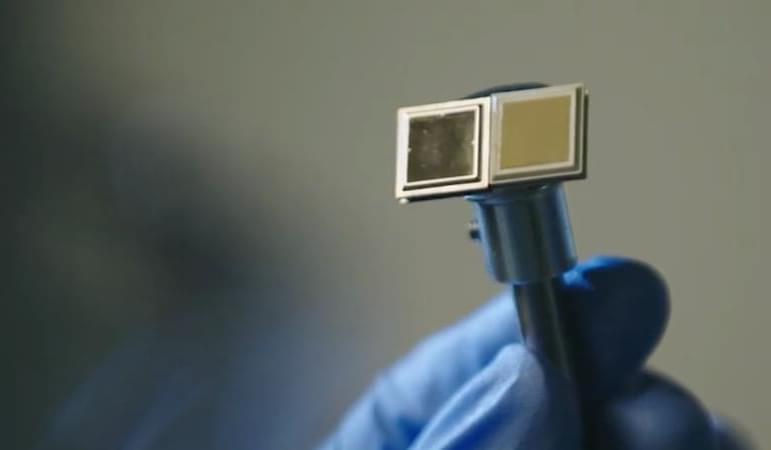


“Measles is extremely contagious and there has been an increase in measles cases around the world (with a million more measles cases reported in 2022 than 2021 by the WHO) due to setbacks in measles vaccination rates during the COVID-19 pandemic,” Dr. Monica Gandhi, MPH, a professor of medicine at the University of California San Francisco’s Division of HIV, Infectious Diseases, and Global Medicine, told Healthline. “Members of the public are at risk if they have not been vaccinated (which usually happens in childhood) so the larger population need not be concerned if vaccinations are kept up to date.”
In the last half of 2023, there were more than 20,000 cases of measles in Yemen, the country with the leading outbreak. This is an indicator that without widespread immunity or vaccination, the virus can spread widely, Dr. Tina Tan, an attending physician at Division of Infectious Diseases at the Ann & Robert H. Lurie Children’s Hospital of Chicago, told Healthline.
“There are multiple countries around the world where measles is endemic and circulates widely in the community,” Tan said. “With international travel on the increase, unimmunized individuals are getting exposed to measles in the foreign countries that they are visiting, they are getting sick and exposing unimmunized, under immunized and persons that are too young to be immunized or who are unable to be immunized for medical reasons to measles. This has been reported on a number of occasions where exposure is occurring on airplanes, in airports or in the unimmunized person’s community.”
My people.
The Picts, a people who inhabited Scotland during the Middle Ages, have always had a sense of mystery to them. A new study using DNA has revealed new details about their origins.
Historical sources first mention the Picts in the late 3rd century AD. They resisted the Romans and ruled over a large territory in northern Britain. However, around the 9th and 10th centuries the Pictish culture would decline and those lands would form into what would be the medieval kingdom of Scotland. There are different theories to the origins – were the Picts native to Britain or did they migrate from other parts of Europe?

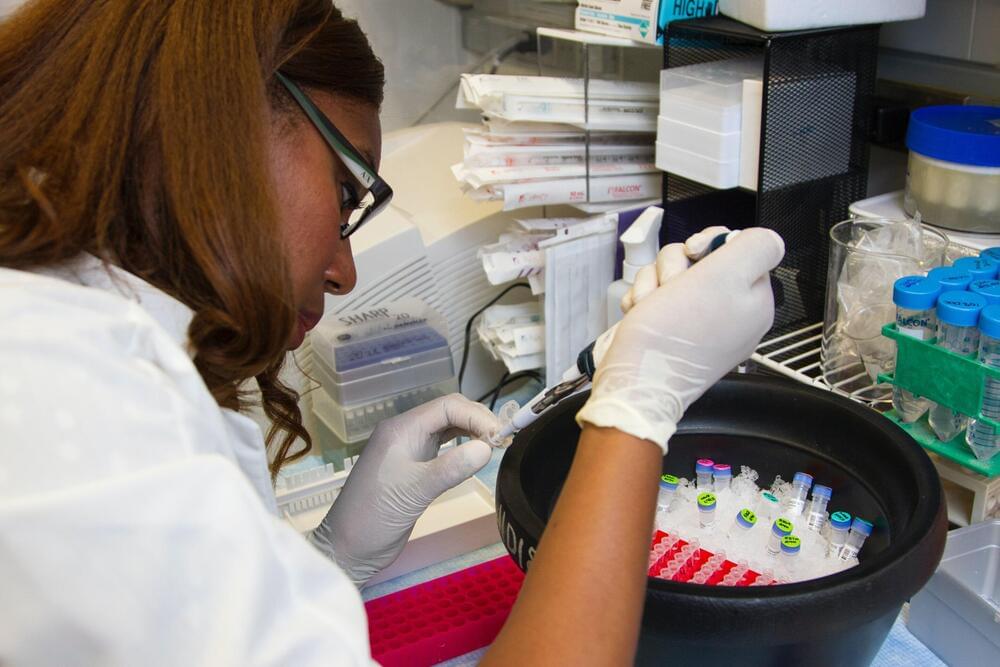
Stepping inside Erin Adams’ lab at the University of Chicago is a bit overstimulating.
Adams’ work centers on molecular immunology. As the Joseph Regenstein Professor of Biochemistry and Molecular Biology and vice provost for research, she researches the molecular signals that the immune system uses to distinguish between healthy and unhealthy tissue.
And her lab is expansive. It includes a tissue culture lab space—where she and her team of postdoctoral fellows work with cells to try to recapitulate things. Then there’s the crystal room where one can find hundreds of labeled wells filled with proteins that are being watched to see if three-dimensional crystals materialize.
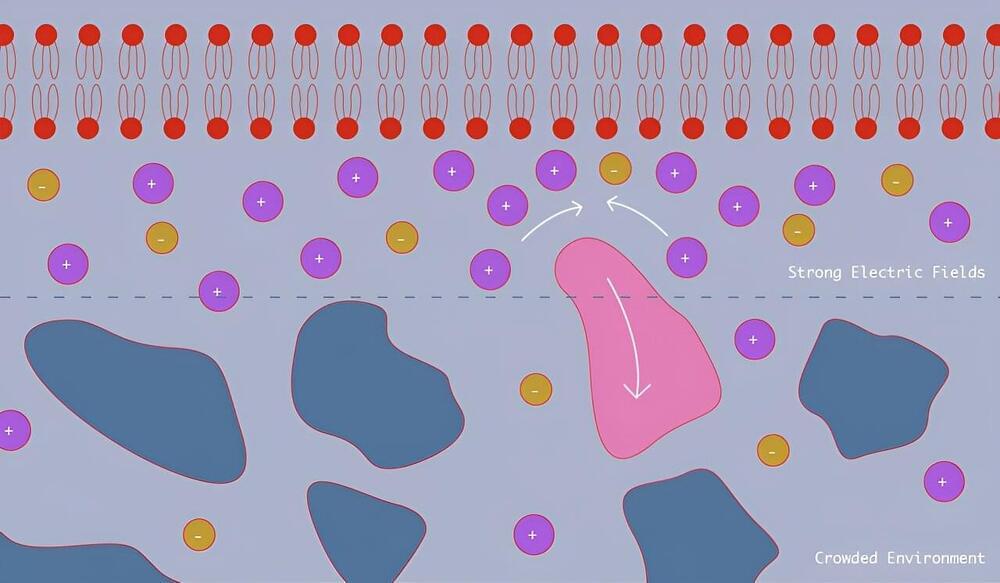
The humble membranes that enclose our cells have a surprising superpower: They can push away nano-sized molecules that happen to approach them. A team including scientists at the National Institute of Standards and Technology (NIST) has figured out why, by using artificial membranes that mimic the behavior of natural ones. Their discovery could make a difference in how we design the many drug treatments that target our cells.
The team’s findings, which appear in the Journal of the American Chemical Society, confirm that the powerful electrical fields that cell membranes generate are largely responsible for repelling nanoscale particles from the surface of the cell.
This repulsion notably affects neutral, uncharged nanoparticles, in part because the smaller, charged molecules the electric field attracts crowd the membrane and push away the larger particles. Since many drug treatments are built around proteins and other nanoscale particles that target the membrane, the repulsion could play a role in the treatments’ effectiveness.

Summary: Researchers identified cortical gray matter thinning as a potential early biomarker for dementia. In a study involving 1,500 participants from diverse backgrounds, thinner cortical gray matter was linked to a higher risk of developing dementia 5 to 10 years before symptoms appeared.
This finding suggests that measuring gray matter thickness via MRI could be key in early dementia detection and intervention. The research highlights the importance of early diagnosis in managing and possibly slowing the progression of dementia.
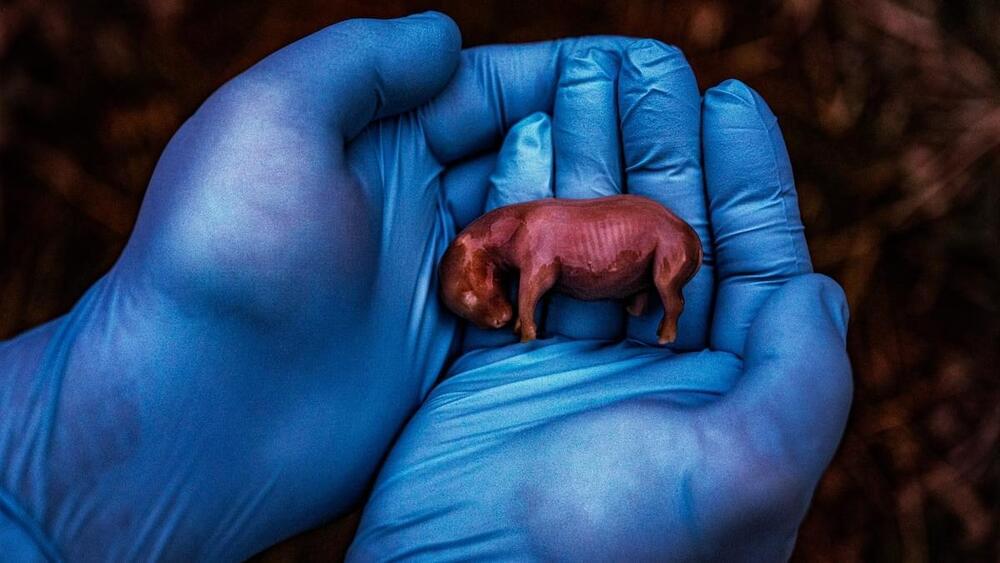
Scientists have cleared a significant hurdle in the years-long effort to save Africa’s northern white rhinoceros from extinction with the first-ever rhino pregnancy using in vitro fertilization.
A new medical breakthrough with embryo transfer offers hope for Africa’s northern white rhinos—there are only two left.
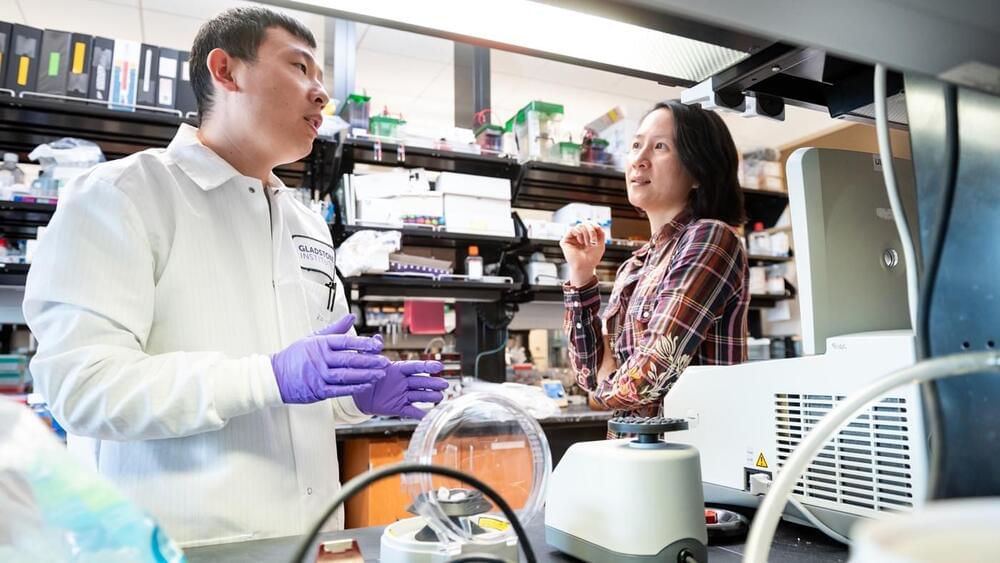
People with long COVID have dysfunctional immune cells that show signs of chronic inflammation and faulty movement into organs, among other unusual activity, according to a new study by scientists at Gladstone Institutes and UC San Francisco (UCSF).
The team analyzed immune cells and hundreds of different immune molecules in the blood of 43 people with and without long COVID. They delved particularly deep into the characteristics of each person’s T cells—immune cells that help fight viral infections but can also trigger chronic inflammatory diseases.
Their findings, which appear in Nature Immunology, support the hypothesis that long COVID may involve a low-level viral persistence. The study also reveals a mismatch between the activity of T cells and other components of the immune system in people with long-term COVID-19.
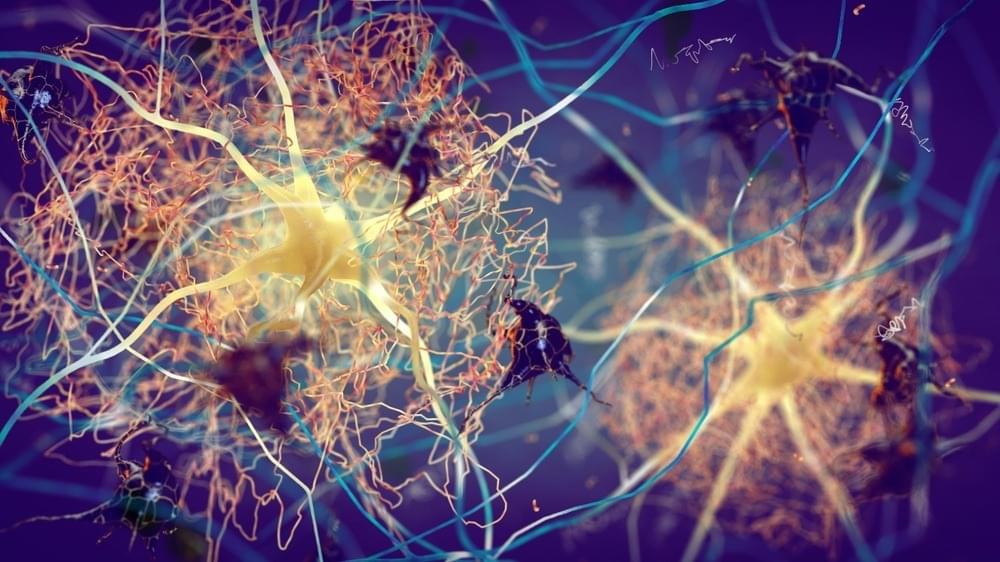
In a recent study published in JAMA Neurology a group of researchers determined the utility of a novel and commercially available immunoassay for plasma phosphorylated tau 217 (p-tau217) to detect Alzheimer’s Disease (AD) pathology and evaluate reference ranges for abnormal amyloid β (Aβ) and longitudinal change across three selected cohorts.
Blood biomarkers have become key in AD diagnosis, offering a more scalable option than cerebrospinal fluid (CSF) or positron emission tomography (PET) scans. They are particularly beneficial in settings with limited access to advanced testing, paving the way for early and precise diagnosis and better patient management. p-tau, especially p-tau at threonine 217 (p-tau217), stands out as a leading blood biomarker. It excels in differentiating AD from other conditions and detecting AD in mild cognitive impairment cases, often outperforming other tau biomarkers.
As the medical community moves towards anti-Aβ therapies for dementia, validated blood biomarkers like p-tau217 are crucial for guiding treatment. Further research is necessary to validate plasma p-tau217 across diverse memory clinic populations, addressing comorbidities to enhance its clinical utility for AD.